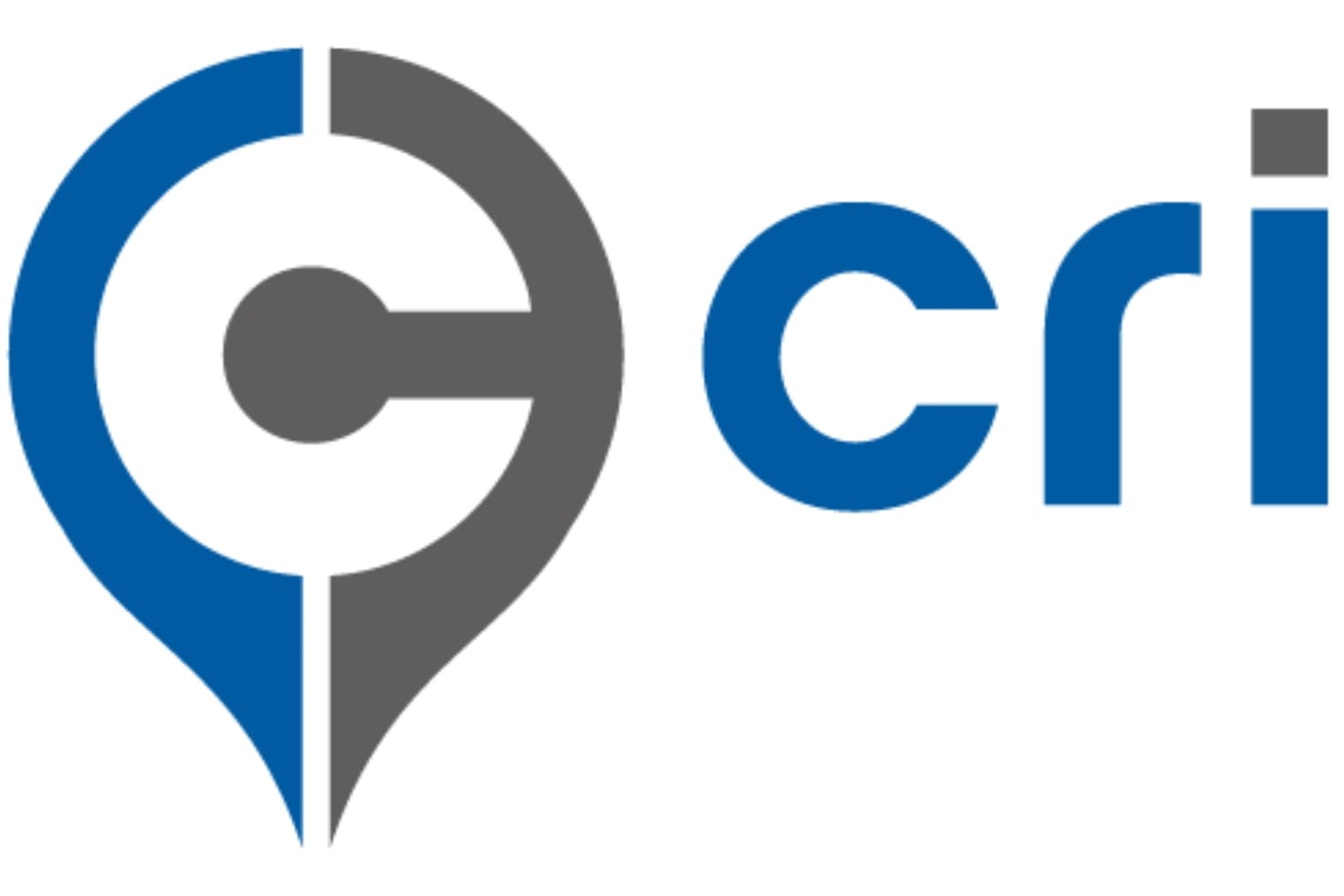[vc_row full_width=”stretch_row_content_no_spaces” full_height=”yes” columns_placement=”top” parallax=”content-moving” parallax_image=”8159″][vc_column][/vc_column][/vc_row][vc_row][vc_column][vc_row_inner][vc_column_inner][vc_column_text]
An Opportunity for Growth
 Performance reviews are an opportunity to meet with employees individually and discuss whether they’ve met workplace expectations over a given period. Ideally, managers and employees will discuss performance issues casually as milestones are reached and challenges are confronted, but a formal structure can provide greater benefits long term.
Performance reviews are an opportunity to meet with employees individually and discuss whether they’ve met workplace expectations over a given period. Ideally, managers and employees will discuss performance issues casually as milestones are reached and challenges are confronted, but a formal structure can provide greater benefits long term.
These tips will help you make performance reviews positive and motivational. Rather than being a source of workplace tension, these meetings will improve your interaction with employees and contribute to mutual respect.[/vc_column_text][/vc_column_inner][/vc_row_inner][/vc_column][/vc_row][vc_row][vc_column][vc_row_inner][vc_column_inner][vc_column_text]
Provide Feedback Often
Don’t wait until a formal meeting to address positive or negative performance issues. Effective managers should discuss areas for improvement regularly, even daily or weekly. More formal reviews should be conducted several times a year to emphasize and review key issues.[/vc_column_text][/vc_column_inner][/vc_row_inner][/vc_column][/vc_row][vc_row][vc_column][vc_row_inner][vc_column_inner][vc_column_text]
Prepare for the Meeting
 Never go into a performance review without preparation. If you fail to prepare, you prepare to fail. You will miss opportunities for valuable feedback and the employee will not feel encouraged about the impact of their positive achievements.
Never go into a performance review without preparation. If you fail to prepare, you prepare to fail. You will miss opportunities for valuable feedback and the employee will not feel encouraged about the impact of their positive achievements.
The employee assessments that you’ve maintained during the review period will serve as an excellent guide for the performance review. Coworker feedback can also provide useful information for the meeting. This should not be used as firepower, but rather to understand team relations and reveal positive points you may have missed.
You need to prepare the employee for the meeting as well. The employee should understand the review format, so it isn’t intimidating and they know when it’s over. Consider providing the performance review to the employee ahead of time, so there are no surprises. This can defuse many potential sources of emotional tension prior to the review.[/vc_column_text][/vc_column_inner][/vc_row_inner][/vc_column][/vc_row][vc_row][vc_column][vc_row_inner][vc_column_inner][vc_column_text]
During the Meeting
 Clearly describe what you’re looking for from a successful performer. Explain to the employee what it takes to succeed and the rewards they can expect for such performance.
Clearly describe what you’re looking for from a successful performer. Explain to the employee what it takes to succeed and the rewards they can expect for such performance.
As you review their performance, remember to cover the entire review period with equanimity, being careful not to emphasize more recent issues, which could bias the review’s tone from the start.
The majority of your review should focus on the positive aspects of the employee’s performance. There is no point in making them feel like they are being punished. You want each employee to leave their review meeting excited about their potential.
Don’t neglect the negatives either. Especially for poorly performing employees, communicate clearly and directly. If you are not direct about problems, there will be no improvement. Cite examples from the whole time period covered by the review, so the employee doesn’t feel unfairly treated.
Once you’ve covered the relevant facts of their performance, talk about the future. Understand the employee’s vision for their career, set goals with them and record a job plan with the employee. It doesn’t need to be complicated, but should convey your genuine desire to help them develop.[/vc_column_text][/vc_column_inner][/vc_row_inner][/vc_column][/vc_row][vc_row][vc_column][vc_row_inner][vc_column_inner][vc_column_text]
The Overall Tone
 The tone you set for this conversation will determine whether it is effective. If your intention is to help the employee improve, and you have a good relationship with them, the conversation will be straightforward and productive.
The tone you set for this conversation will determine whether it is effective. If your intention is to help the employee improve, and you have a good relationship with them, the conversation will be straightforward and productive.
The employee must trust that you want to help them develop and contribute. Express confidence in their ability, and they’re less likely to give up or go elsewhere.
An ideal performance review is conversational and the employee should talk most of the time. You can encourage conversation by asking questions suggested in their most recent employee assessment.[/vc_column_text][/vc_column_inner][/vc_row_inner][vc_column_text]Performance reviews will become a critical feature of your organization’s management approach. Done right, they can enhance employee relations, improve workplace performance and reveal new areas of opportunity for your organization.[/vc_column_text][vc_separator][/vc_column][/vc_row]

